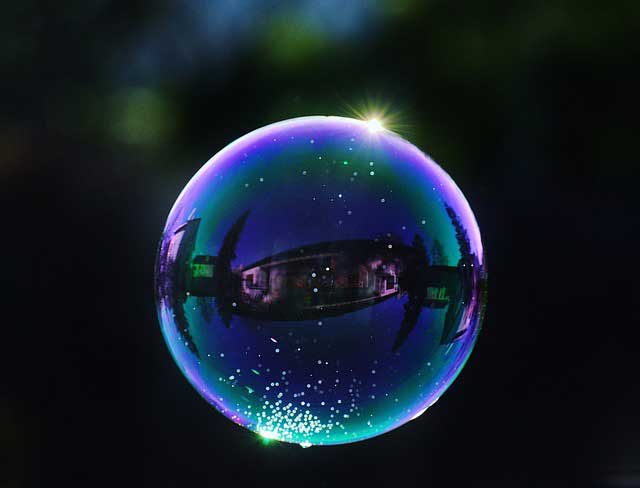|
10 minutes maximum! Can you do it in 5?
|
HL only | ||||||||||||||||
1. The diagram below shows the light intensity produced in Young's slit experiment for red light:
kdKeller - wikimedia commons |
|||||||||||||||||
What will be the effect on the pattern if the red laser is replaced with a less intense blue laser?
|
|||||||||||||||||
Q2&3. The diagram below shows a full 'Young's slit' light intensity distribution, with many more fringes shown:
kdKeller - wikimedia commons |
|||||||||||||||||
2. What causes the overall envelope shown by the black line?
|
|||||||||||||||||
3. What would happen to the envelope shown by the black line if the individual slits were made wider, but the spacing between the slits remains the same?
|
|||||||||||||||||
4.A diffraction grating has 100 lines per millimetre. This means the spacing between the lines is:
|
| ||||||||||||||||
5. A different grating has a line spacing of 2 x10-6 m. If the wavelength of light used is 400 nm, the first order fringe (where n=1) will occur when:
| |||||||||||||||||
6. What is the maximum possible value for θ in the diffraction grating formula?
|
|||||||||||||||||
7-10. A soap bubble consists of thin film of water surrounded on both sides by air. When light hits the soap bubble from above, some light is reflected from the top surface of the film as well as some reflected from the bottom.
|
 |
||||||||||||||||
7. At which surface - if any - is the phase of the light wave inverted?
| |||||||||||||||||
8. The two reflected waves can cause an interference pattern. The refractive index of the water is 1.33, and the thickness of the film is d. Destructive interference occurs when
| |||||||||||||||||
9. Thin films of transparent substances can look coloured. Why does the bubble look blue in the image shown above, when illuminated with white light?
| |||||||||||||||||
10. A new soap bubble is produced that initially looks green. However the bubble is dripping as water is lost, making the film gradually thinner. What will an observer see?
| |||||||||||||||||